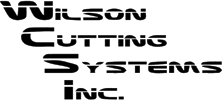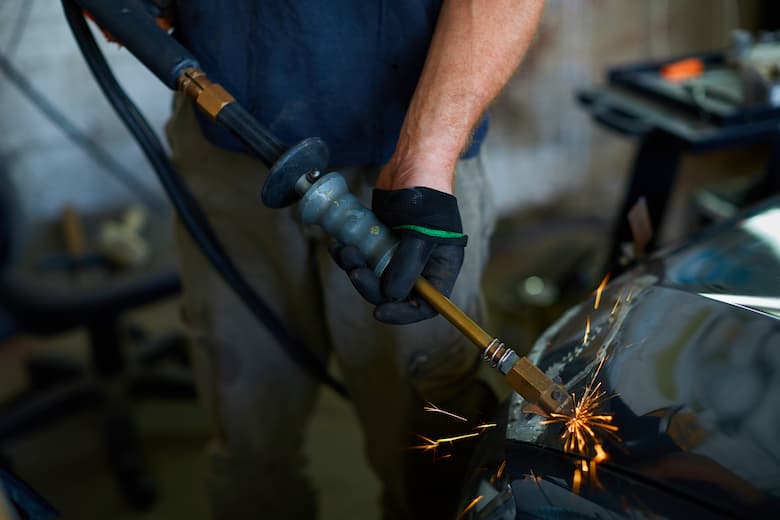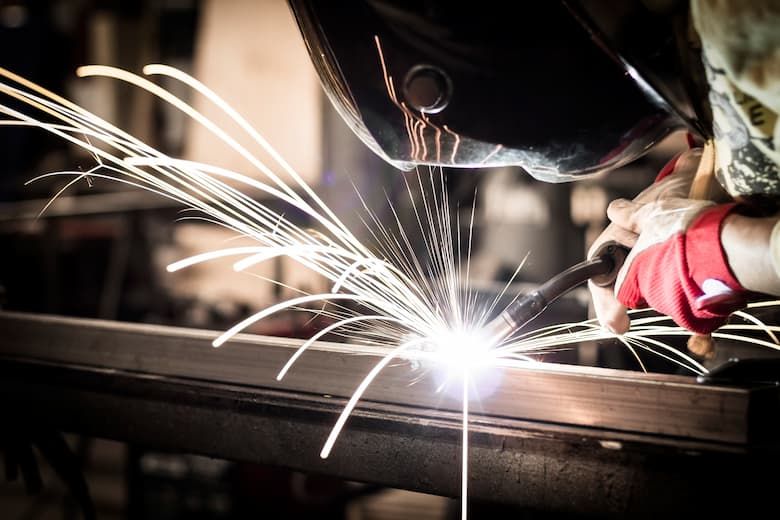- (931) 668-9273

Menu
- (931) 668-9273

Menu


One of the most known keys to success in picking out the designs and constructing welding systems is having the ability to hold pre-tacked assemblies or collect multiple components for welding. An integrator needs to design and build the automation and the work-holding together. Wilsons Cutting Systems is one of those associations.
The amount of possibilities for the designs: size, weight, and shape has to have a very unique, custom-engineered solution for every single application. Wilsons Cutting Systems’ capabilities performed in house provide us the ability to design precise robust installations for the automation projects we build for every customer. No matter how complicated it is, we are ready to deliver a turnkey made line-integrated solution.
Our team can design a custom holding solution for your automatic process or manual welding that is both long-lasting and affordable.
Our engineer’s 3D model every welding fixture design for our clients to review and approve. Our engineers will manage the entire project through final testing.
Whether its reducing production time, improving accuracy and precision or both; let one of our engineers quote your next custom welding fixture.
Automated Weld fixtures not only just clamp down on metal pieces, but they also can perform many more tasks. They also find the best workpieces to an acceptable tolerance that is determined ahead of time. It normally is modified to pair well for very exact measurements. When you use automatic weld fixtures, it will reduce your overall cost of your fixture and create a much safer work environment which is in favor of the operator. They make it a lot easier to mass-produce welded parts on an everyday schedule. Our consistent standards of high quality are evident during the whole welding process.
When automation is applied to a welding fixture system, it opens the door for a number of possible benefits when designing your own robotic system. The most common pros of incorporating automation into a weld fixture designs consists of:

Pneumatic welding fixtures push through air-actuated cylinders, and this is how the pressure is held in a fixture to hold the pieces that are to be welded. These types of clamps are very well known and suited for highest speed work. When clamps are sealed, the pneumatic welding fixtures of choice for intense welding jobs require a high degree of ability to clamp. Pneumatic welding fixtures are commonly used to connect parts in the aerospace and car industry. Applications are also readily available in CNC machines, fixtures, tests, and welds.
Hydraulic welding fixtures use fluid to move the clamps or grippers to keep hold of machine parts and various metals that will be combined together. When hydraulics are paired with welding fixtures it permits a level of precision only done with robotics. Hydraulic welding fixtures that are automatic are able to hold parts without causing metal issues while also offering repetitive trustworthy actions.


Manual welding fixtures are specifically made to let welders handle weld components manually. Manual welders have the proper training and are certified to work with various kinds of stainless steel, carbon steel, and aluminum pieces. To increase how efficienct the products are, welding stations need to be designed with enough spacing and other features to reduce the chance of an accident in the work industry. Robotics and manual welders combined can split the welding labor: automated operations are able to handle constant and heavy welding requests. The dilemma with manual welders is that they can only handle highly specialized requests. Both welding kinds are mainly just used in racking systems, building, the car industry, and the areas of renewable energy.